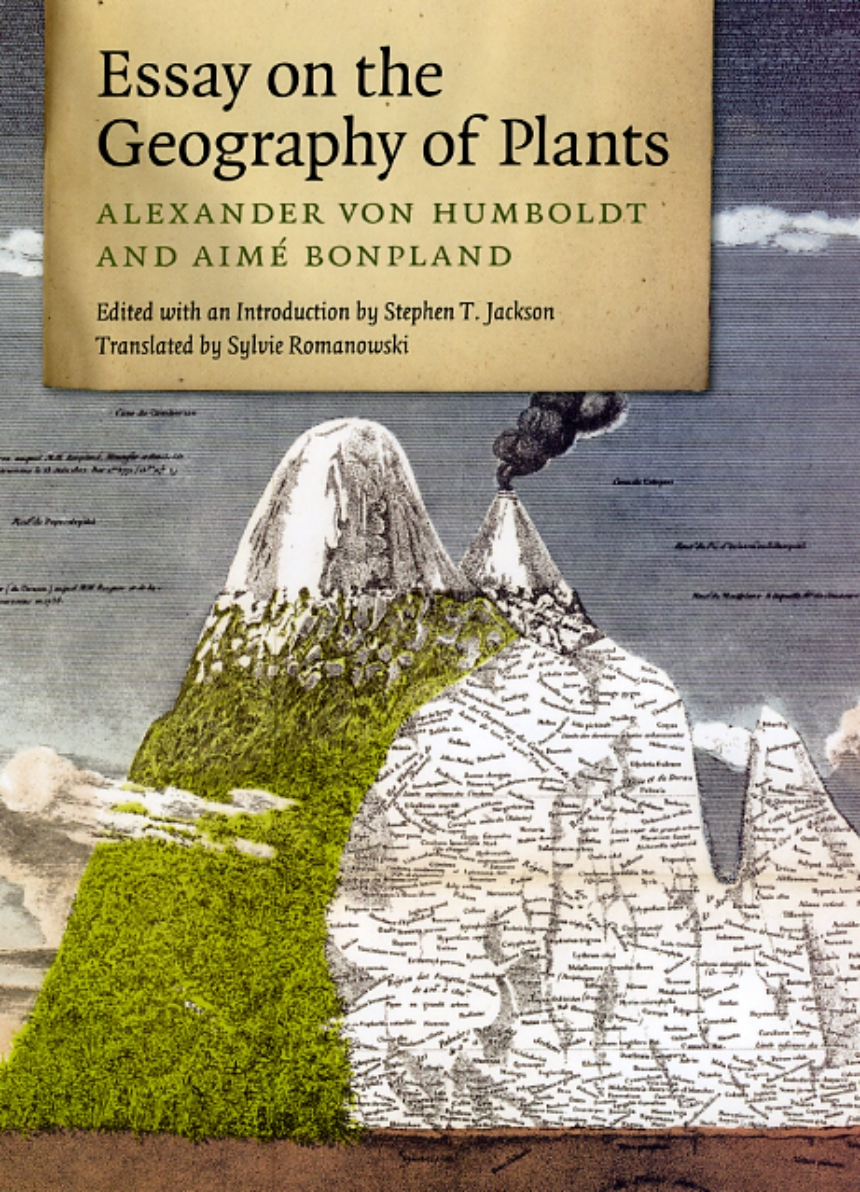Essay on the Geography of Plants
The chronicles of the expedition were published in Paris after Humboldt’s return, and first among them was the 1807 “Essay on the Geography of Plants.” Among the most cited writings in natural history, after the works of Darwin and Wallace, this work appears here for the first time in a complete English-language translation. Covering far more than its title implies, it represents the first articulation of an integrative “science of the earth, ” encompassing most of today’s environmental sciences. Ecologist Stephen T. Jackson introduces the treatise and explains its enduring significance two centuries after its publication.
296 pages | 9 halftones, 7 tables | 6 x 9 | © 2010
Biological Sciences: Botany
Earth Sciences: History of Earth Sciences
Geography: Environmental Geography
Reviews
Table of Contents
Preface
Note to the Reader
Note on Nomenclature
Note on Units
Acknowledgments
Introduction: Humboldt, Ecology, and the Cosmos
Stephen T. Jackson
Translator’s Note
Sylvie Romanowski
Essay on the Geography of Plants
Alexander von Humboldt, translated by Sylvie Romanowski
Text of Humboldt’s Tableau physique
Translated by Sylvie Romanowski
Humboldt’s Pictorial Science: An Analysis of the Tableau physique
des Andes et Pays voisins
Sylvie Romanowski
Plant Species Cited in Humboldt’s Essay and Tableau physique
Stephen T. Jackson
Instruments Utilized in Developing the Tableau physique
Stephen T. Jackson
Biographical Sketches
Stephen T. Jackson
Bibliographical Essay and Bibliography
Stephen T. Jackson
